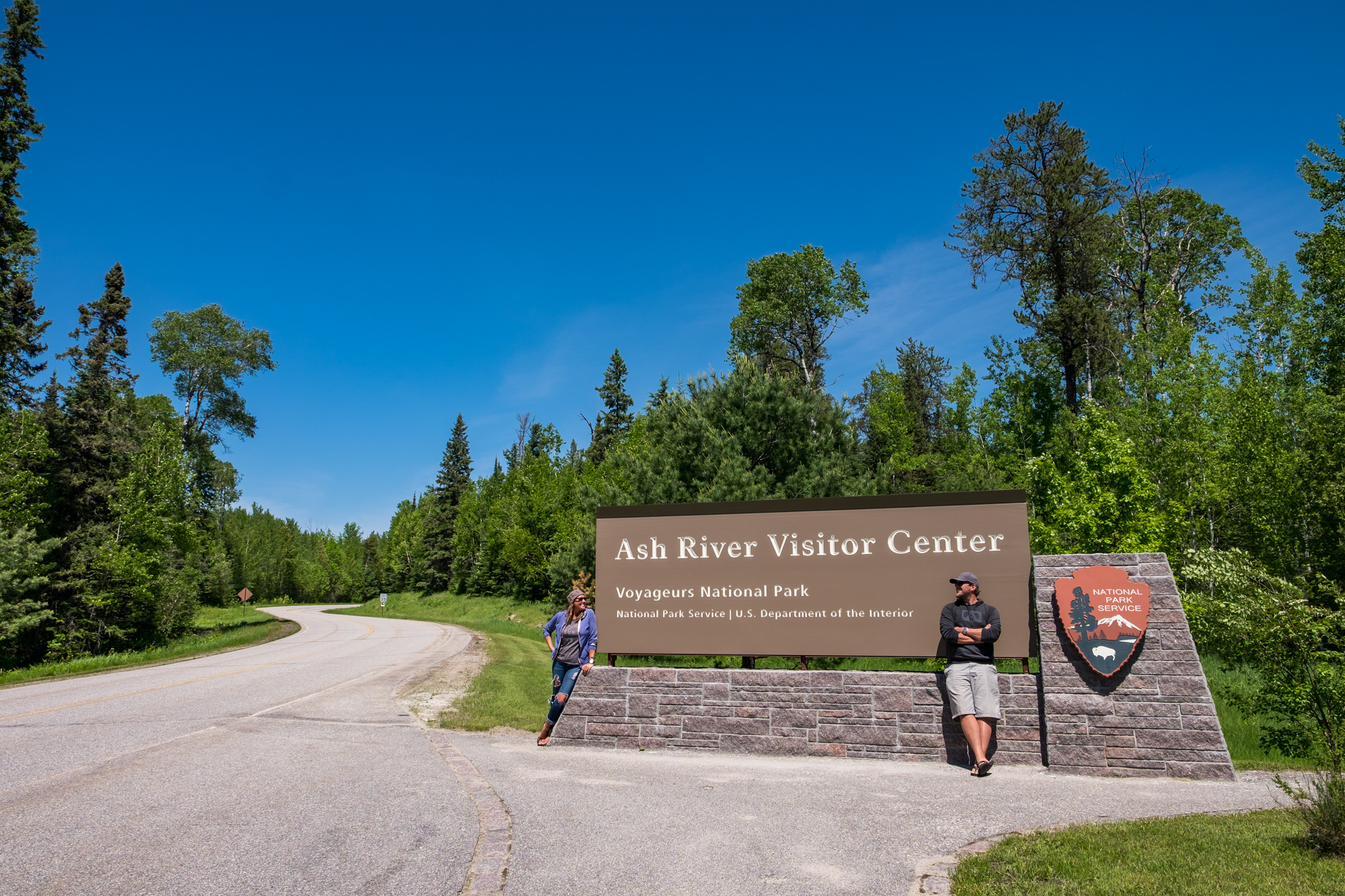Just as you can’t judge a book by its cover, you can’t judge a national park by its visitor numbers. Voyageurs National Park in Minnesota, one of America’s least visited national parks, is a hidden gem waiting to be discovered.

A Water-Based Wonderland
Mark Miller, the park’s acting chief of Interpretation, Education, Visitor Services, Public Affairs, and Partnerships, describes Voyageurs as one of the best-kept secrets. “We are a water-based park predominantly, with approximately 40% of our acreage being water,” he explained. During the summer, Voyageurs’ lakes offer prime opportunities for water recreation such as canoeing, fishing, and relaxing on houseboats complete with hot tubs and waterslides. Winter transforms the park into a snowy paradise, with 110 miles of snowmobile trails, groomed cross-country ski trails, and ice fishing spots attracting visitors.
Natural Wonders and Wildlife
Voyageurs is celebrated for its breathtaking landscapes, covering 218,000 acres of woods and waters bordering the boreal forest. “From an ecology standpoint, we have great stands of white pines, red pines, and an ecosystem that supports moose, bear, and wolves,” said Miller. The park’s geology is equally impressive, featuring some of the oldest rocks in North America, dating back 2.8 billion years. The park’s campsites are a unique draw, with 99% offering lakefront views perfect for stargazing. “We are a certified International Dark Sky Park, which means visitors can see the Milky Way, constellations, and the northern lights in all their glory,” Miller noted.
Accessibility and Best Visiting Times
Located in Northern Minnesota near the Canadian border, Voyageurs is about four-and-a-half hours by car from the Twin Cities of Minneapolis-Saint Paul. The gateway city of International Falls, approximately 12 miles from the park, has a small airport with connecting flights to Minneapolis-Saint Paul International Airport via Delta and regional carrier SkyWest.
Voyageurs can be accessed by car, but the extent of driving depends on the season. “In winter, you can drive more miles via snowmobile and plowed ice roads,” Miller said. During the rest of the year, visitors typically use watercraft to explore deeper into the park, though there are spur roads leading to the Rainy Lake and Ash River visitor centers.
Voyageur is a year-round destination with no entrance fees. Miller particularly recommends visiting in August and September for warm weather, fewer bugs, and the turning colors of autumn. For winter activities, he suggests February and March for the best snow and ice conditions and warmer temperatures.

Cultural Heritage and Indigenous Roots
Voyageurs National Park also holds significant cultural heritage. The predominant Indigenous tribe in the area is the Anishinaabe, commonly known as the Ojibwe or Chippewa. “The Dakota (Sioux) people have a history here as well, although they migrated westward onto the plains and prairies,” Miller explained. The Cree, another Indigenous group, are more prevalent to the north and northwest. For those seeking a remote yet beautiful and unique experience, Voyageurs National Park offers an unparalleled escape into nature’s wonders.
